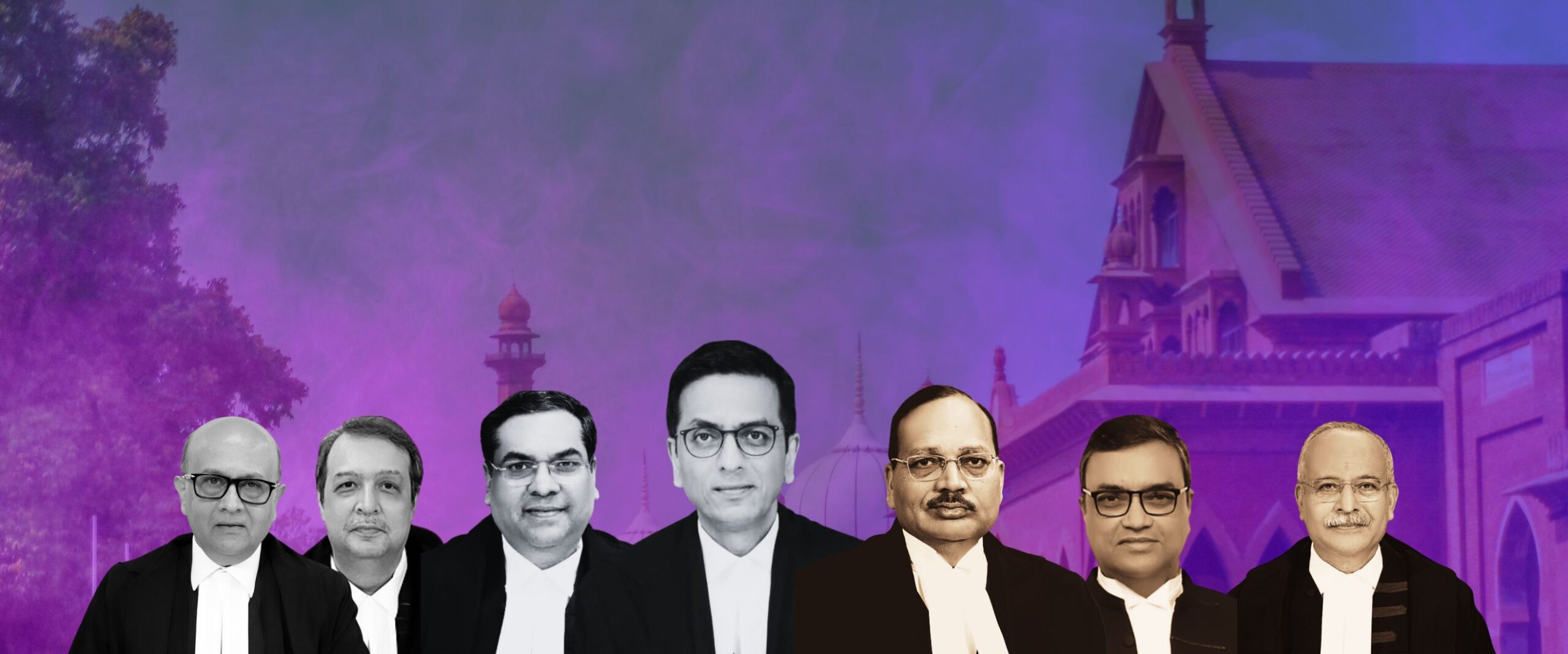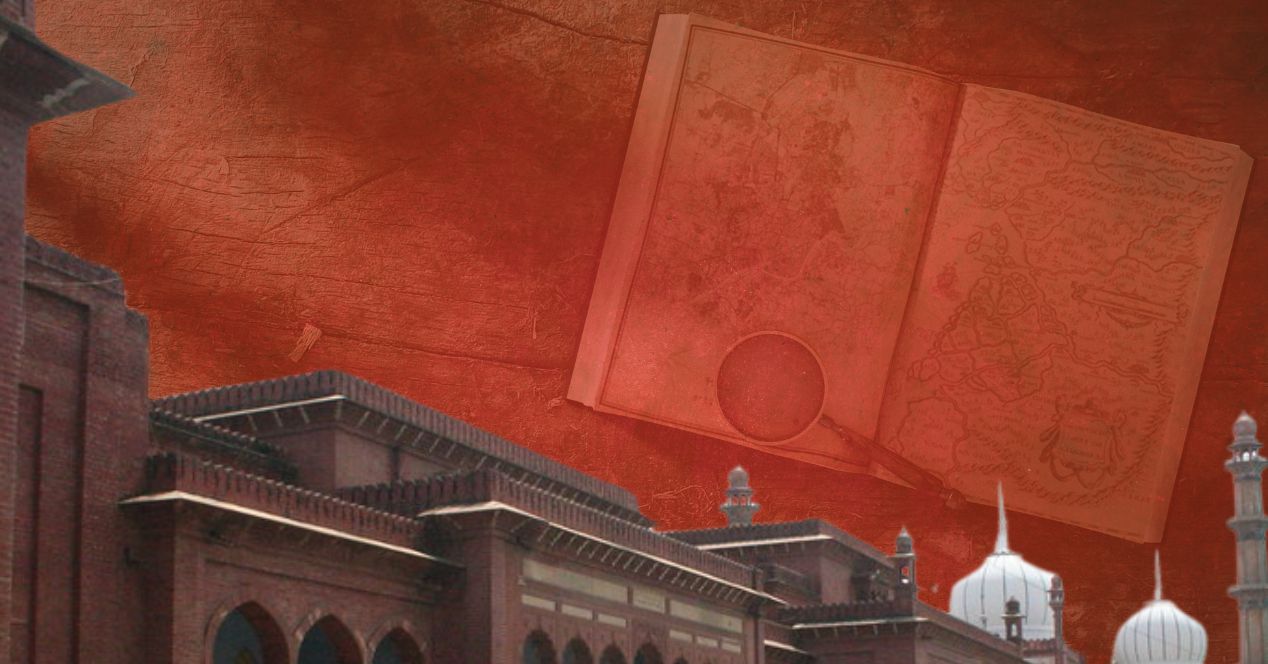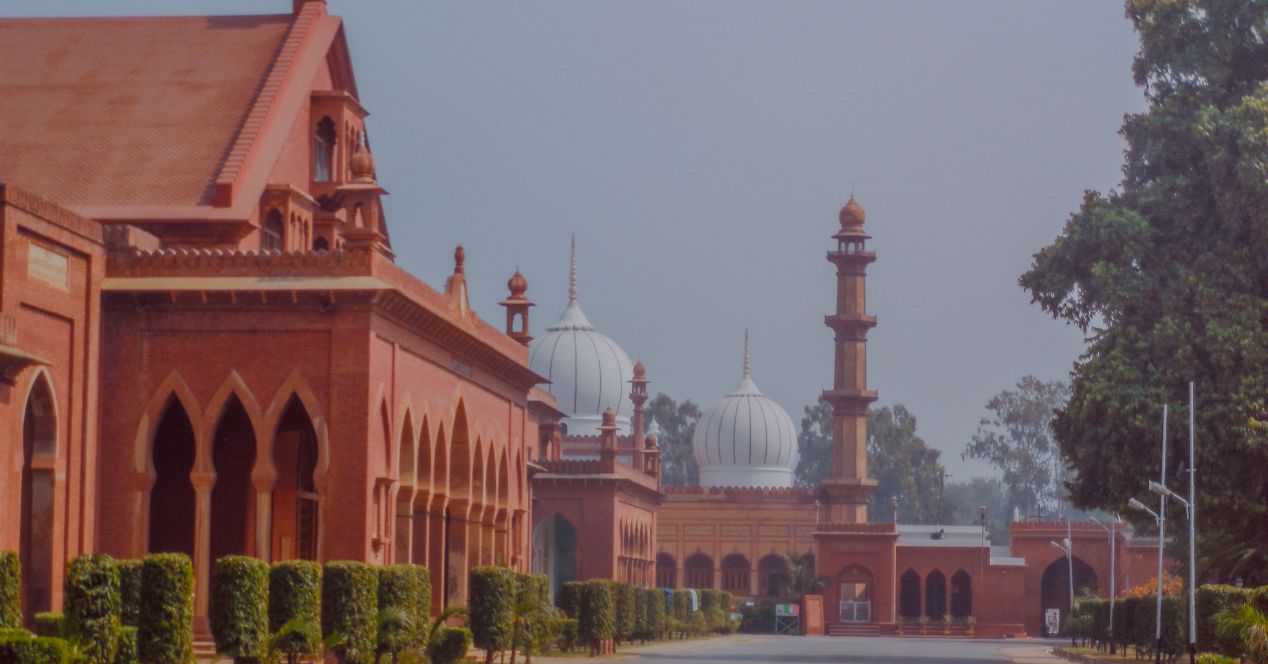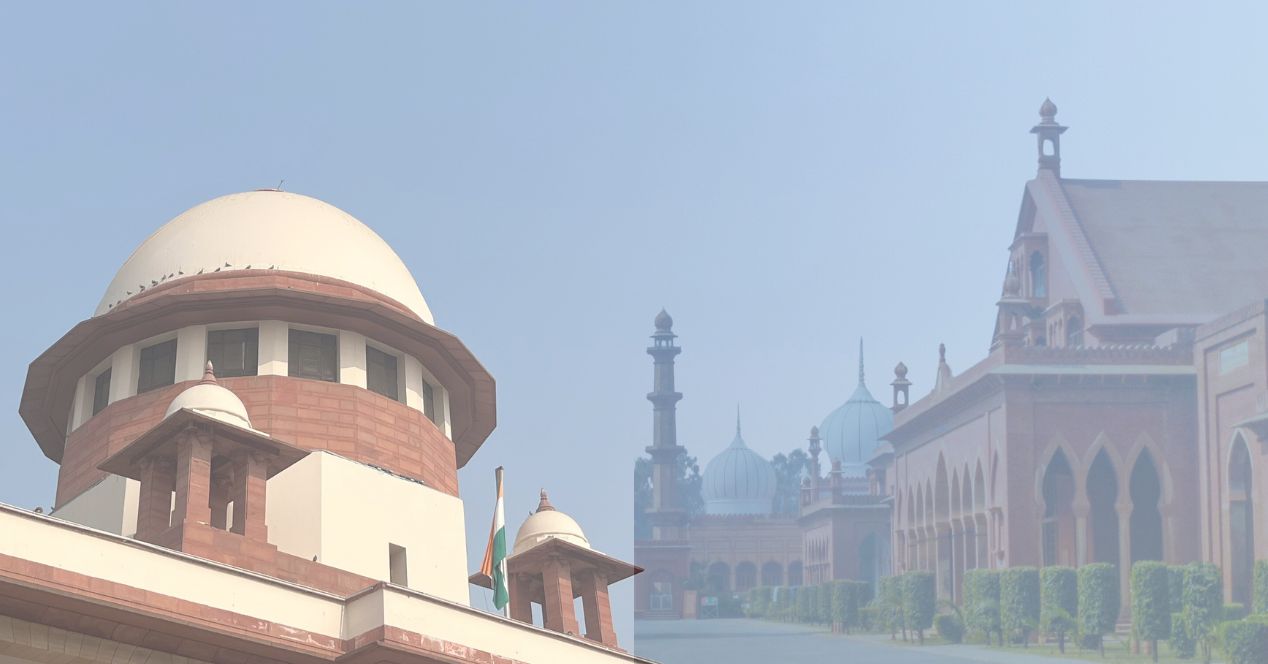Analysis
AMU judgement | Are the dissents closer to the majority than they appear?
What looks like a 4:3 might be closer to 6:1 on key points of the reference & indicators to determine minority character of an institution

On 8 November, the Supreme Court finally pronounced its much-awaited seven-judge bench decision in the matter concerning the minority status of Aligarh Muslim University (AMU). Justice Dipankar Datta, who was one of the dissenting judges in the 4:3 verdict, followed the example of Justice Y.V. Chandrachud in Kesavananda Bharati (1973) and expressed his frustration on the delay of the circulation of the majority opinion authored by Chief Justice D.Y. Chandrachud.
Given that he has taken a different line from the other two dissenting judges—Justices Surya Kant and S.C. Sharma—Justice Datta also made a thematic reference of being the “minority within a minority”.
From two to seven
Justice Datta’s major peeve was the fact that a two-judge bench had referred the current case to seven judges. On 26 November 1981, a two-judge bench expressed doubts about the correctness of Azeez Basha (1968), where the Supreme Court had adopted a literal reading of the AMU Act of 1920 to hold that the university had neither been established nor administered by Muslims. AMU had not even been heard in that case.
In the present case, the majority as well as minority opinions relied on Central Board of Dawoodi Bohra Community (2005) to reach different conclusions on the validity of the 1981 reference. In his annoyance, Justice Datta was joined by the other two dissenting judges, who felt that the reference by a two-judge bench (which didn’t have the Chief Justice on it) was a violation of “judicial discipline” and a threat to the predictability of law.
But, in 2019, a three-judge bench led by then Chief Justice Ranjan Gogoi had referred the same matter to a seven-judge bench. Justices Surya Kant and Sharma found this reference valid but Justice Datta considered even this reference to be non est. In believing so, Justice Datta seems to have ignored an open question. In the reference, CJI Gogoi had noted that a question about the indicia of a minority institution, which had remained unanswered in TMA Pai (2002), had to be clarified. In any case, this entire discussion seemed unnecessary since the 2019 reference was considered valid by a 6:1 majority.
Points of unanimity and difference
The majority overruled Azeez Basha but there were some findings in that judgement which the whole bench expressly agreed with.
- The term ‘educational institution’ in Article 30 includes a university. In this very matter in 2005, a single-judge bench of the Allahabad High Court had held that minorities have a right to establish only deemed universities under Section 3 of the University Grants Commission Act, 1956. The High Court bench also held that only natural persons (and not juristic persons) can be covered by the term ‘minorities’.
- Even pre-Constitution institutions are entitled to Article 30 protection.
- The expressions ‘establish’ and ‘administer’ in Article 30 are to be read conjunctively and not disjunctively—minorities can claim the right to administer institutions only when they have established them.
- The MAO College was established by Sir Syed Ahmad Khan in 1877 for the educational advancement of Muslims and it was a minority institution. Moreover, it was the nucleus of Aligarh Muslim University. The Muslim community had raised Rs 30 lakh for the conversion of the college into a university.
- The decision in Prof Yashpal (2005) and the amendment to the National Minority Educational Institutions Act in 2010 have no bearing on the interpretation of Article 30. Prof Yashpal interpreted “established or incorporated” under the Universities Grant Commission Act as “established and incorporated” to prevent the registration of fake universities which existed only on paper and had no infrastructure. However, in the context of Article 30, the right to administer will be available if the test of establishment is satisfied.
Now, onto why Azeez Basha was overruled. The majority found that statutory incorporation does not equate to the surrender of a minority character of an institution. Justice Surya Kant, too, agreed to a partial overruling of Azeez Basha on this point of overreliance on the incorporating statute—he noted that factors other than statutory provisions needed to be taken into account.
Justice Sharma, too, emphasised a holistic approach in this regard. On this issue, then, it would be fair to say that the judgement was 6:1, though the majority and minority judges deferred on the weightage to be given to other factors beyond the incorporating statute. In the majority opinion, the Chief Justice categorically observed that the existence of a fundamental right (the right of minorities to establish and administer educational institutions) could not be subject to the language of an ordinary law.
Indicators of a minority institution
For the first time in Indian judicial history, the Court laid down the following indicia to determine whether an institution is a minority institution:
Ideation: The Court asked to look at the genesis, ideation or brains behind the initiative. The person taking the initiative must belong to a minority group.
Purpose: The intent must be to establish an institution “predominantly for the minority community.” Justice Sharma agreed with the majority on this point.
Implementation: Other factors to be taken into account would include: collection of funds, how land was obtained, construction of buildings and governmental approvals. The presence of religious symbols or religious instructions is not necessary as fully aided minority institutions may not have religious instruction due to the prohibition in Article 28. In his opinion, Justice Surya Kant highlighted almost similar factors.
Administration and control: The majority held that it was not necessary for the administration to vest in the minority; the right to administer is the consequence of establishment. According to CJI Chandrachud, “to do otherwise would amount to converting a consequence to a pre-condition.” Though the administrative structure should reflect the minority character, the community need not exclusively control the institution and may take the help of other communities in governing bodies. Neither the student body nor teaching staff has to be exclusively from the minority community. The administrative structure is to be examined on 26 January 1950 but the minority character should be assessed from the time of establishment.
Justice Surya Kant agreed that the presence of others does not adversely affect minority character if the administration consists of a “sprinkling of outsiders”. As a matter of fact, the phrase “sprinkling of outsiders” was used in Kerala Education Bill (1958) in the context of students and not governing bodies. The dissenting judges preferred an overwhelming minority presence in governing bodies and exclusive decision-making power in administrative matters. The judges emphasised that “pervasive control” on administration is a major yardstick to decide minority character.
Outside supervision: The majority considered outside supervision as regulatory to ensure that there is no maladministration. The minority judges opined that “outside final control” in a minority institution would be crucial in determining minority character. Justice Surya Kant observed that to have a minority character, the community should have both de facto as well as de jure control.
Recognition of degrees: The recognition of degrees by the government in Section 6 of the AMU Act was given a lot of importance in Azeez Basha. The majority explicitly overruled degree recognition as a determinative factor of minority character. Relying on earlier judgments, the majority observed that while the State is entitled to come up with regulations to maintain academic standards, it cannot create conditions that may destroy minority character. Justice Surya Kant, too, overruled Basha on the issue of degree recognition.
Institute of national importance: The majority held that a minority institution can be an institute of national importance. It considered Entry 63 of the Union List as a mere legislative field having no bearing on minority character as otherwise fundamental rights under Article 30(1) would become subject to the legislative powers of Parliament. The dissenting judges, endorsing the position of Chief Justice A.N. Ray of the Allahabad High Court, opined that if an institution is categorised as one of national importance, Parliament can declare it to be a minority institution only by constitutional amendment and not ordinary law.
Addressing the dissents
After laying down these general indicators, the Court left the specific determination of AMU’s minority status to a three-judge bench. But Justice Datta, in his strong dissent, went ahead and unequivocally declared that AMU is not a minority institution on the ground that “in administrative, functional and financial matters, the control of AMU vests in assigned entities not designated by the minority community.”
Though he attached importance to the incorporating statute, Justice Datta also seemed to apply the other indicia given by the majority and the two dissenting judges. One could argue that this indicates implied agreement with the indicia, irrespective of the result of applying them. Justice Datta even admitted that without the efforts of the Muslim community, AMU could not have become a university.
Justice Datta expressed concern that AMU could be closed down by the minority if it was considered as having a minority character. In doing so, he may have bypassed Section 3 of the 1920 Act which makes the institution a body corporate with perpetual succession.
Justice Sharma, in his own dissent, noted that a founding moment cannot be considered as a particular one—the establishment of an institution is a long-drawn process and it was therefore important to consider a totality of factors. In this observation, he was not far off from the majority view.
As suggested above, the picture that emerges from a close reading of the opinions is of a mosaic of agreements and disagreements, which have more overlaps and common ground than might appear at first flush. The laying down of the indicia for assessing minority character is bound to have far-reaching implications in upcoming jurisprudence. There seems to be a consensus that the stage is set for the regular bench to rule in favour of AMU’s minority status. Justice Datta called it “a rewriting of history” but even he noted that the “declaration of AMU by this Court as a minority educational institution is only a matter of time”
Faizan Mustafa, a former Registrar of AMU, is currently Vice Chancellor of the Chanakya National Law University, Patna.




